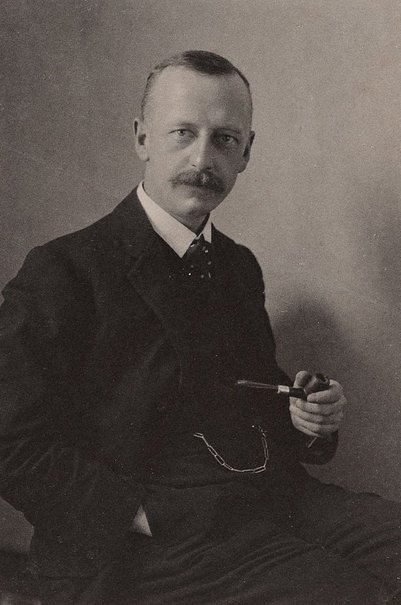JAMES SYDNEY STENING

DOB - 1870
DOD - 16th September 1953
James Sydney Stening was born in Sydney and trained as a jeweller. His first job was with Fairfax and Roberts Jewellers with whom he remained until retirement. James Stening took up photography in the 1890's and was a founder member of the Photographic Society of New South Wales in 1894 and the Sydney Camera Circle later in 1916. He was also active in the Ashfield District Camera Club, to which his friends Norman Deck, Henri Mallard and Frank Hurley also belonged. James Stening encouraged the talent of Harold Cazneaux and instigated the latter’s one-man show in 1909.
James Stening was a meticulous craftsman, preferring the fine detail and delicate tones of the older platinum printing papers, to the impressionistic soft focus prints done on bromide paper. But around 1910, James Stening also began to print in the newer manner. He worked chiefly in landscape, in the graceful and serene mood favored by his close friend Norman Deck.
James Stening ceased his involvement with photographic salons and societies around 1920, although he was one of the first to adopt the new Leica 35mm camera on its release in 1925 and continued to photograph for some time. A collection of his negatives was donated to the Art Gallery of New South Wales by Norman Deck.
Reference - Silver and Grey by Gael Newton.
The following is from the Art Gallery NSW
James Stening was born in Sydney and trained as a jeweler. Along with Cazneaux, he was a foundational member of Sydney Camera Circle. The group meet monthly to discuss innovations and experiments in the artistic pursuit of photography.
Stening’s own photographic interest lay largely in taking pictorialist visions of the natural environment. He resigned from being an active member of photographic associations during the 1920s, and subsequently, only took pictures intermittently. For Cazneaux’s portrait, he adopts a rather conventional pose. Stening sits with his body angled away from the camera, a remnant of nineteenth century photographic traditions where front-on bust shots were indicative of criminal status or an ethnographic frame.
His head then turns back to face the camera, confidently staring down the barrel of the lens, as gentlemen had done for a half century before him. Stening’s form is lit from the right-hand side of the frame, and he casts a soft shadow behind him. He is dressed in a three-piece suit and accessorised with a pocket watch and chain, polka dot neck-tie and pipe, befitting his class and professional status. This photograph was part of Cazneaux’s Photographic Society of New South Wales exhibition 1909.
HAROLD CAZNEAUX was born in Wellington, New Zealand in 1878. His parents, Pierce Mott Cazneau and Emma Florence (née Bentley) worked in commercial studios in New Zealand before returning to settle permanently in Adelaide during the early 1890s. At the age of 18 Cazneaux went to work alongside his father at Hammer and Co studio as a retoucher. He moved to Sydney in 1904 to join the larger portrait firm, Freeman’s quickly ascending to the position of ‘chief operator’ (as camera portraitists were known). Studio work was highly formulaic, with little scope for creativity.
Cazneaux used his time walking to and from work to experiment with pictorialist aesthetics.
In 1916 he and fellow pictorialist photographer, Cecil Bostock founded the Sydney Camera Circle. The group was particularly interested in the how pictorialism could be adapted to and extended within an Australian context.
The mechanized, standardized and frenetic pace of Freeman’s increasingly took its toll on Cazneaux’s creativity and health and he resigned in 1917. He moved with his wife and daughters to the Sydney suburb of Roseville and in 1920 he was employed as the official photographer for The Home magazine. This new position let him work in a varied indoor and outdoor environments.
In 1938 Cazneaux was awarded an Honorary Fellow of the Royal Photographic Society of London. He continued to work until his death in 1953.
ON THE EDGE OF THE COMMON c.1900
DROVING CATTLE c.1903